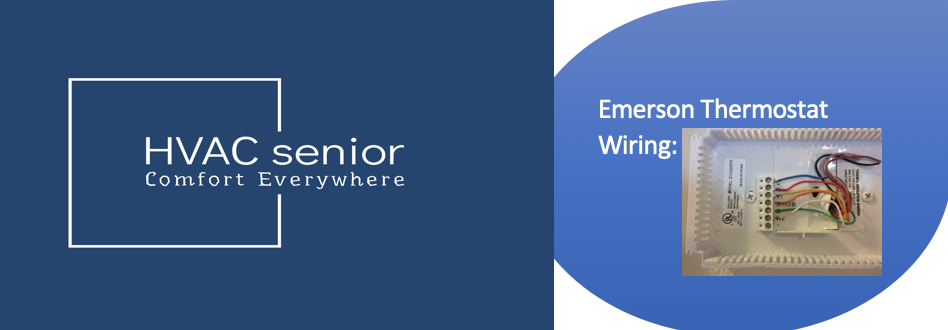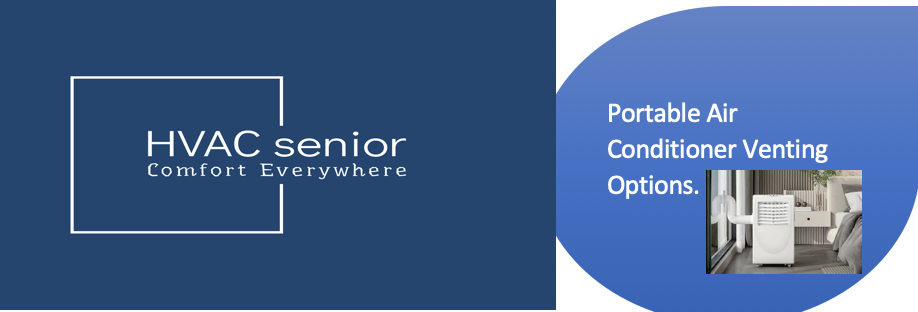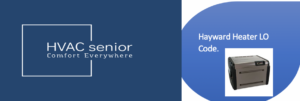Introduction: Why Is My Furnace Not Heating?
If your furnace is running but not heating, you’re in good company. Thousands of homeowners deal with this frustrating problem every winter. The good news? Most furnace heating problems are the result of simple-to-fix issues you can resolve yourself — no expensive repair bill required.
In this guide, we’ll cover the 10 most common reasons your furnace isn’t heating, how to diagnose each, and when to call in a pro. Whether your furnace is blowing cold air or refusing to turn on at all, this step-by-step guide will have your home warm again in no time, and safely.
1. Check the Thermostat Settings
Don’t assume the furnace is malfunctioning just yet; start with the easiest step first — your thermostat.
- Ensure it’s set to “Heat” and not on “Cool” or “Fan.”
- Check the temperature setting — it needs to be higher than the room temperature at present.
- Replace the thermostat batteries if it’s not registering correctly.
A weak or dead battery will cause the system to turn on the blower but not the heat, leading you to think the furnace has a problem when the real issue is with the thermostat.
2. Dirty or Clogged Air Filter
A dirty air filter is one of the most common causes of a furnace not heating. Dirty, clogged filters that are packed with dust and dirt particles block airflow, causing the furnace to overheat and shut off as a safety mechanism.
How to fix:
- Turn off the furnace.
- Locate the air filter (it’s normally near the blower compartment).
- Remove it and inspect — if it’s gray or dirty, replace it.
Ideally, replace your filter every 1–3 months for proper airflow and energy efficiency.
3. Pilot Light or Igniter Problems
If your furnace is blowing cold air, the problem may be with the pilot light or electronic igniter.
- For older furnaces: Check if the pilot light is turned off. If it is, relight it according to the manufacturer’s instructions.
- For newer furnaces: The igniter may be dirty, cracked, or damaged.
⚙️ Pro Tip: If you notice a clicking sound but no ignition, the igniter may need replacement — an easy and inexpensive fix for an HVAC professional.
4. Check the Gas Supply
A disrupted gas supply is another common reason a furnace will turn on but not produce heat.
- Check that the gas valve near the furnace is open.
- If you smell gas, turn off the system immediately and call your gas company.
- If your furnace runs on propane, check that the tank is not empty.
With a poor gas supply, your furnace will not be able to light up properly — causing it to run without yielding any heat.
5. Reset the Circuit Breaker
Sometimes, your furnace may appear to be working, but the heating element is not powered because a breaker has been tripped.
- Go to your home’s electrical panel.
- Find the switch labeled “Furnace” or “HVAC.”
- If tripped, turn it off, then back on.
Also, check to make sure the furnace power switch (usually near the unit) is in the “ON” position.
A simple reset can instantly fix a furnace not heating issue.
6. Closed or Blocked Air Vents
It’s easy to overlook, but closed or blocked vents can make it seem like your furnace isn’t heating when, in reality, it is.
- Walk around your home and open all the supply vents.
- Shift furniture, curtains, or rugs that are blocking airflow.
- Check for buildup of debris or pet hair in the vent grilles.
Blocked airflow can make some rooms cold while others get hot, which makes your furnace do more work — and possibly overheat.
7. Faulty Flame Sensor
The flame sensor is a small metal rod in your furnace that detects whether or not a flame is present. When it’s dirty or malfunctioning, your furnace will light for a brief moment, then shut off — producing the dreaded “furnace turns on but no heat” phenomenon.
DIY Repair:
- Turn off power and gas.
- Remove the flame sensor (usually one screw).
- Clean it gently with fine-grit sandpaper or steel wool.
- Replace it and try the furnace.
If cleaning doesn’t help, you may require a new flame sensor.
Also read: Furnace Pressure Switch Stuck Open.
8. Furnace Overheating (Safety Shut-Off)
Your furnace will automatically shut off if it overheats to prevent damage. Overheating is due to:
- Clogged filters
- Blocked vents
- Dirty blower motor
If your furnace keeps turning on but there’s no heat, inspect for short cycling (repeated on/off of the furnace). It’s a sure sign of overheating or impaired airflow.
Fix: Clean filters and vents, and call a technician if the issue persists — repeated overheating can damage internal parts.
9. Condensate Line Blockage (High-Efficiency Furnaces)
If you have a high-efficiency condensing furnace, it uses a condensate drain line to expel moisture. When this line is blocked, the system will frequently turn off the burners as a safety measure.
Look for:
Water standing near the furnace
A gurgling or dripping sound
Unclog the drain line using a wet/dry vacuum or flush it with warm water and vinegar.
10. When to Call an HVAC Professional
If you’ve checked all the above and your furnace is still not heating, it’s time to call a certified HVAC technician.
Professional help is needed when:
- The furnace ignites and shuts off immediately
- You smell gas or burning odors
- The control board shows error codes
- You’ve replaced filters, cleaned sensors, and still have no heat
A technician can safely test the gas valve, ignition system, and control board to diagnose deeper issues.
Also read: Gas Furnace Short Cycling
Prevent Future Furnace Heating Problems
To avoid facing a furnace not heating issue in the future, follow these maintenance tips:
- Replace filters regularly.
- Schedule annual professional furnace inspections.
- Keep vents and registers open.
- Clean the blower compartment every few months.
- Test your thermostat each season.
Routine maintenance keeps your furnace running efficiently and prevents costly wintertime issues.
Also read: Furnace Turns on but no Heat
Frequently Asked Questions (FAQ)
1. Why is my furnace running but not heating my house?
This is usually due to dirty filters, thermostat issues, or ignition failure. Check these components first before you conclude there’s a major problem.
2. My furnace turns on but no heat comes out — what should I do?
Start with the thermostat settings, replace dirty filters, and inspect the pilot light or igniter. If the blower works but no heat, the issue can be the gas supply or the flame sensor.
3. Will a dirty filter cause my furnace not to heat?
Yes. A dirty air filter restricts airflow and can cause the furnace to shut off by itself to prevent overheating.
4. Should I reset my furnace if it is not heating?
Yes — most furnaces have a little red reset button near the motor. Press it once; if it trips again, contact an HVAC technician.
5. How often should I have my furnace serviced?
At least once a year, preferably before winter begins. Maintenance extends life, improves efficiency, and prevents no-heat issues.
✅ Final Thoughts
A furnace that won’t heat doesn’t always need a costly repair. More often than not, simple checks — like a filter change or thermostat reset — get your heat back on in minutes.
But if your furnace will start but is blowing cold air even after basic troubleshooting, it’s a good idea to have a professional come out to inspect the gas supply, igniter, or control board.
By understanding these common causes, you’ll not only fix the problem faster but also keep your home warm and comfortable all winter long.









